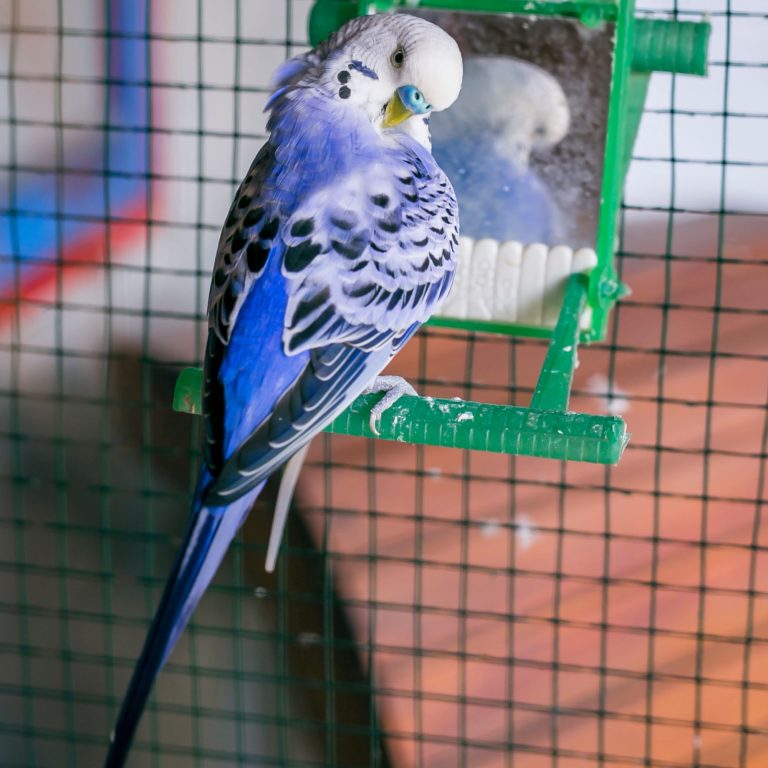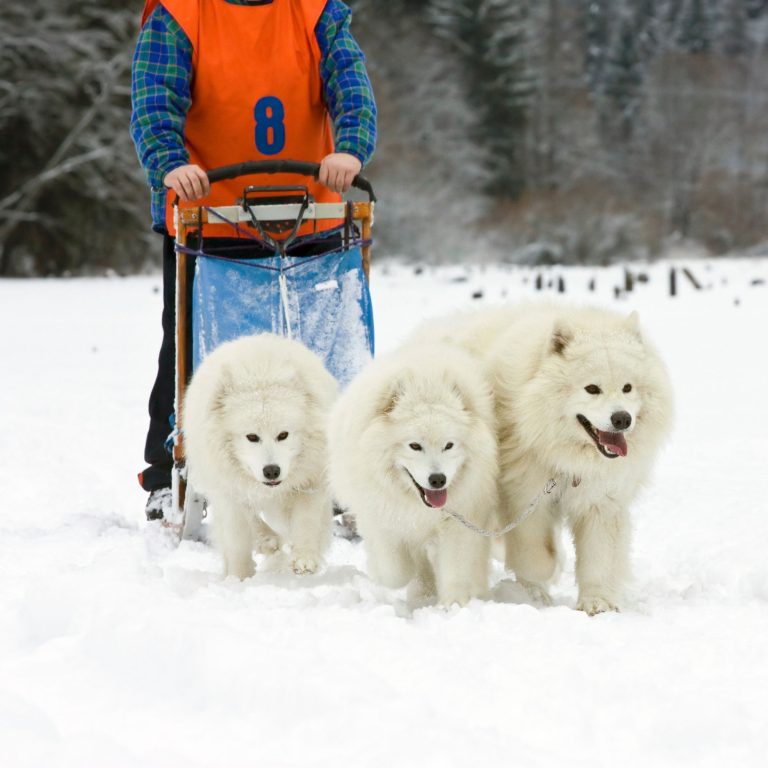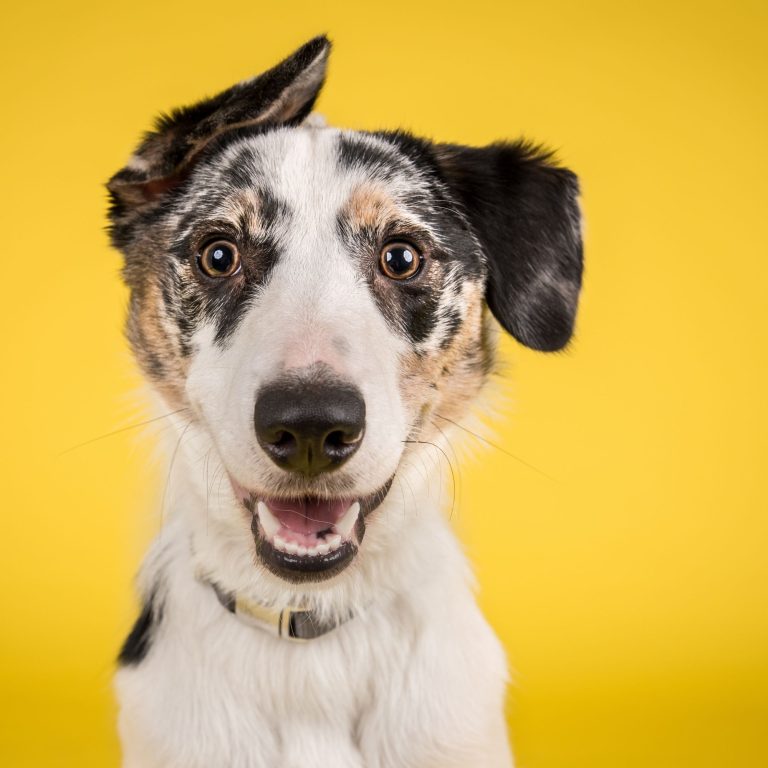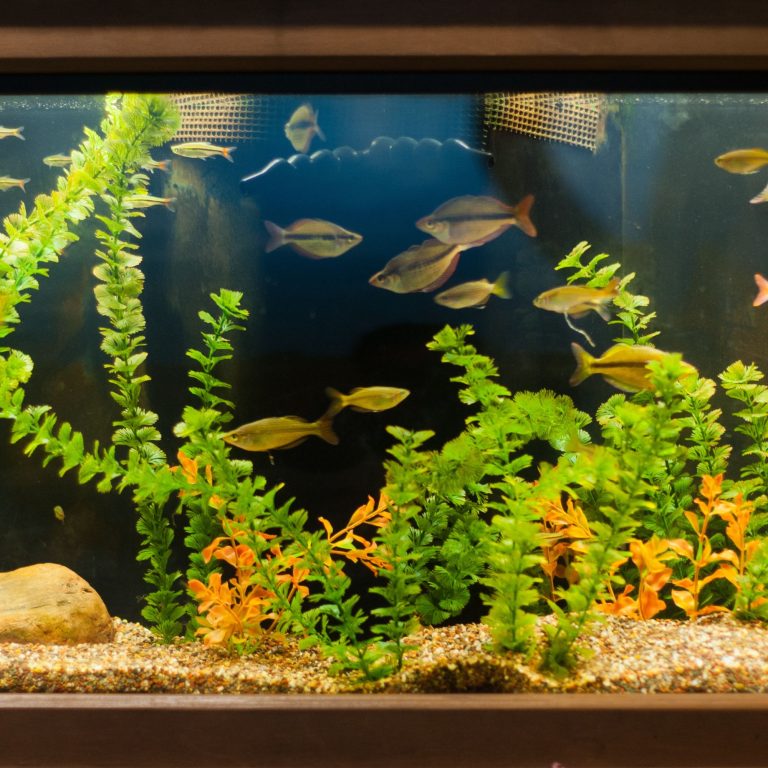Shining the Light: Choose the Perfect Pet Camera for Night Time Monitoring
Enhancing Pet Monitoring
When it comes to keeping an eye on your furry friends, pet cameras have become an invaluable tool for pet owners. These devices allow you to monitor your pets’ activities and well-being, even when you’re away from home. One crucial aspect of pet monitoring is night time monitoring, which is why having a pet camera with night vision is essential.
The Importance of Pet Cameras
Pet cameras have revolutionized the way pet owners interact with their furry companions. These devices provide a sense of security and peace of mind by allowing you to check on your pets remotely. Whether you’re at work, running errands, or on a vacation, you can keep an eye on your pets and ensure they are safe and comfortable.
With a pet camera, you can observe your pets’ behavior, monitor their activities, and even engage with them through two-way audio. This level of connection and reassurance can significantly enhance your pets’ lives, reduce separation anxiety, and strengthen the bond between you and your furry friends.
Night Time Monitoring: Why It Matters
Night time monitoring is particularly crucial for pet owners who are frequently away during the evenings or have pets that are more active at night. Many pets, especially cats, are known to be more active during the nighttime hours. Being able to monitor their behavior and ensure their safety is essential.
Moreover, night time monitoring allows you to keep an eye on any potential issues or emergencies that may arise when the lights are out. Whether it’s monitoring for signs of distress, ensuring your pets are not getting into any trouble, or simply checking on their well-being, having a pet camera with night vision provides you with the necessary visibility during these dark hours.
The Role of Night Vision
Night vision is a crucial feature of pet cameras that enables clear and detailed monitoring in low-light or dark conditions. By utilizing advanced technology, these cameras can capture images and videos even when the surroundings are dimly lit.
Night vision technology in pet cameras typically falls into three categories: infrared night vision, low-light night vision, and color night vision. Each type offers its own advantages and considerations, depending on your specific needs and preferences.
To learn more about the different types of night vision technology and how they work, continue reading our section on Types of Night Vision Technology. By understanding the role of night vision and choosing a pet camera that incorporates this feature, you can ensure that you have a clear view of your pets, day or night.
Having explored the importance of pet cameras, the significance of night time monitoring, and the role of night vision, it’s time to delve deeper into the world of pet cameras with night vision. Understanding how these cameras work and the key features to look for will help you make an informed decision when selecting the right pet camera for your furry friends.
Understanding Pet Cameras with Night Vision
To ensure the safety and well-being of your pet during nighttime hours, pet cameras with night vision are an essential tool for pet owners. These cameras are specifically designed to provide clear and detailed monitoring even in low-light conditions. Let’s delve into how pet cameras with night vision work and the key features to look for when choosing one.
How Pet Cameras with Night Vision Work
Pet cameras with night vision utilize advanced technology to capture and display images in dark or dimly lit environments. The two main types of night vision technology used in these cameras are infrared night vision and low-light night vision.
-
Infrared Night Vision: Infrared night vision relies on infrared light to illuminate the surroundings. The camera’s infrared LEDs emit light that is invisible to the human eye but detected by the camera’s sensor. This allows the camera to capture detailed black and white images even in complete darkness. The range of infrared night vision can vary depending on the camera model, with some cameras offering a range of up to 30 feet or more.
-
Low-Light Night Vision: Low-light night vision technology enhances the camera’s sensor sensitivity to capture clearer images in low-light conditions. These cameras are equipped with larger sensors that can gather more light, resulting in brighter and more detailed images. While low-light night vision may not be as effective as infrared night vision in complete darkness, it can still provide satisfactory visibility in dimly lit areas.
Key Features to Look for
When choosing a pet camera with night vision, there are several key features to consider:
-
Resolution: Look for a camera with high resolution to ensure clear and detailed images, even in low-light conditions. Higher resolution cameras can capture finer details, allowing you to closely monitor your pet.
-
Field of View: Consider the camera’s field of view, as this determines the area that will be visible on the camera feed. A wider field of view allows you to monitor a larger area, while a narrower field of view may provide more detail in a specific spot.
-
Two-Way Audio: Some pet cameras with night vision offer two-way audio capabilities, allowing you to communicate with your pet remotely. This can be particularly useful for soothing an anxious pet or giving them verbal commands.
-
Motion Detection: Look for a camera with motion detection features to receive alerts when activity is detected. This can help you stay informed about your pet’s movements, especially during nighttime hours.
-
Remote Viewing: Ensure that the pet camera allows for remote viewing through a mobile app or web portal. This enables you to check in on your pet at any time, even when you’re away from home.
-
Additional Features: Consider any additional features that may be important to you, such as pan-tilt-zoom functionality, treat dispensers, or the ability to integrate with other smart home devices.
By understanding how pet cameras with night vision work and considering the key features, you can make an informed choice when selecting the right camera for your pet’s nighttime monitoring needs. Remember to assess your specific requirements and compare different options to find the best fit. For more information on pet cameras with night vision, check out our article on pet camera with night vision.
Types of Night Vision Technology
When it comes to choosing a pet camera for night time monitoring, it’s important to understand the different types of night vision technology available. Each type offers unique features that can enhance your ability to monitor your pet in low-light conditions. Let’s explore three common types of night vision technology: infrared night vision, low-light night vision, and color night vision.
Infrared Night Vision
Infrared night vision is a popular choice for pet cameras. These cameras use infrared LEDs (Light Emitting Diodes) to illuminate the area with invisible infrared light. The camera’s image sensor can then detect this light and convert it into a visible black and white image.
One of the key advantages of infrared night vision is its ability to provide clear visibility even in complete darkness. The infrared light allows the camera to capture detailed images without disturbing your pet’s sleep. This type of night vision is often found in high-quality pet cameras designed specifically for night time monitoring.
Low-Light Night Vision
Low-light night vision technology uses advanced image sensors and lenses to capture and amplify available light. These cameras are designed to provide better visibility in dimly lit environments, such as a room with low ambient light or outside at dusk.
Low-light night vision cameras are equipped with highly sensitive sensors that can gather and process the available light, producing a clear image with minimal noise. While not as powerful as infrared night vision, low-light night vision can still provide good visibility in low-light conditions. However, it may not be as effective in complete darkness.
Color Night Vision
Color night vision is a newer technology that brings a unique twist to night time monitoring. Traditional night vision cameras capture images in black and white, but color night vision cameras can provide full-color images even in low-light conditions.
Color night vision cameras utilize specialized sensors and lenses that can capture and process color information in low-light environments. This technology can provide a more detailed and realistic view of your pet’s activities during the night. However, it’s important to note that color night vision may not perform as well in complete darkness compared to infrared or low-light night vision.
By understanding the different types of night vision technology available, you can choose a pet camera that meets your specific monitoring needs. Whether you opt for infrared night vision for complete darkness, low-light night vision for dimly lit environments, or color night vision for more detailed visuals, make sure to consider the range, image quality, and additional features of the camera. Assess your requirements, compare different options, and select the pet camera with night vision that best suits your needs.
Considerations for Night Time Monitoring
When choosing a pet camera for night time monitoring, there are several important considerations to keep in mind. These factors will help ensure that you select a camera that is well-suited for monitoring your pet during low-light conditions. Let’s explore three key considerations: range of night vision, image quality in low light, and additional features for night time monitoring.
Range of Night Vision
The range of night vision refers to how far the camera can see in the dark. It’s essential to choose a pet camera with a night vision range that suits your monitoring needs. Consider the size of the area you want to monitor and select a camera with a range that covers the necessary distance.
| Pet Camera | Night Vision Range |
|---|---|
| Camera A | Up to 30 feet |
| Camera B | Up to 50 feet |
| Camera C | Up to 100 feet |
Remember that obstacles such as walls or furniture may affect the night vision range. To ensure optimal coverage, place the camera in a strategic location that provides a clear line of sight to your pet.
Image Quality in Low Light
Image quality is crucial when it comes to night time monitoring. Look for a pet camera that offers high-resolution video or images in low-light conditions. This ensures that you can see your pet clearly even when the lighting is minimal.
| Pet Camera | Image Quality |
|---|---|
| Camera A | 720p HD |
| Camera B | 1080p Full HD |
| Camera C | 4K Ultra HD |
Opting for a higher resolution camera will provide sharper and more detailed images, allowing you to closely monitor your pet’s activities even in the dark.
Additional Features for Night Time Monitoring
Some pet cameras come with additional features that can enhance night time monitoring. These features may include:
- Motion detection: The camera can detect motion and send alerts to your smartphone when your pet is active.
- Two-way audio: Built-in microphones and speakers allow you to hear your pet and communicate with them remotely.
- Pan-tilt-zoom (PTZ): The ability to adjust the camera’s position remotely, allowing you to pan, tilt, and zoom to get a better view of your pet.
- Treat dispenser: The camera can dispense treats remotely, allowing you to reward your pet even when you’re not at home.
Consider which additional features are important to you and your pet’s needs when selecting a pet camera. These features can add convenience and functionality to your night time monitoring routine.
By taking into account the range of night vision, image quality in low light, and additional features, you can choose a pet camera that meets your requirements for night time monitoring. Remember to explore various options and compare different cameras to find the one that best suits your needs.
Making the Right Choice
When it comes to choosing the perfect pet camera for night time monitoring, there are several factors to consider. By assessing your needs, comparing different options, and considering important factors, you can make an informed decision that best meets your requirements.
Assessing Your Needs
Start by evaluating your specific needs and requirements for a pet camera with night vision. Consider aspects such as the size of your pet, the area you want to monitor, and whether you need additional features like audio, pan-tilt-zoom, or treat dispensing. Assessing your needs will help you narrow down the options and focus on the cameras that align with your specific requirements.
Comparing Different Options
Next, it’s important to compare different pet cameras with night vision. Look for cameras that offer reliable night vision capabilities and have positive customer reviews. Pay attention to the range of night vision, image quality in low light, and any additional features that may enhance your monitoring experience. By comparing different options, you can identify the cameras that offer the best combination of features for your needs.
Factors to Consider
When making your final decision, there are a few key factors to consider:
-
Night Vision Technology: Understand the different types of night vision technology available, such as infrared, low-light, or color night vision. Assess which technology aligns with your needs and provides the best visibility in low light conditions.
-
Range of Night Vision: Consider the range of night vision offered by the pet camera. Determine the distance at which you need clear visibility and choose a camera that can provide adequate coverage.
-
Image Quality in Low Light: Look for pet cameras that offer high-quality images in low light conditions. Ensure that the camera can capture clear and detailed footage, allowing you to monitor your pet effectively.
-
Additional Features: Consider any additional features that may enhance your night time monitoring experience. Features like two-way audio, pan-tilt-zoom, or treat dispensing can add convenience and interaction to your pet monitoring routine.
By carefully assessing your needs, comparing different options, and considering important factors, you can choose the perfect pet camera with night vision that meets your requirements. Remember to prioritize the safety and well-being of your pet while enhancing your monitoring capabilities. For more information on pet cameras with night vision, check out our article on night vision pet camera.







